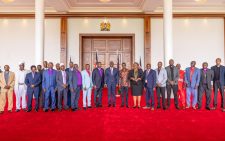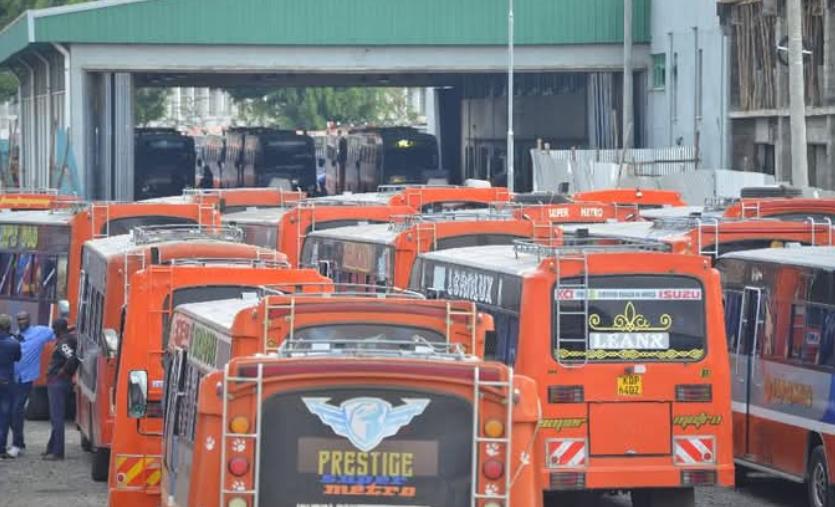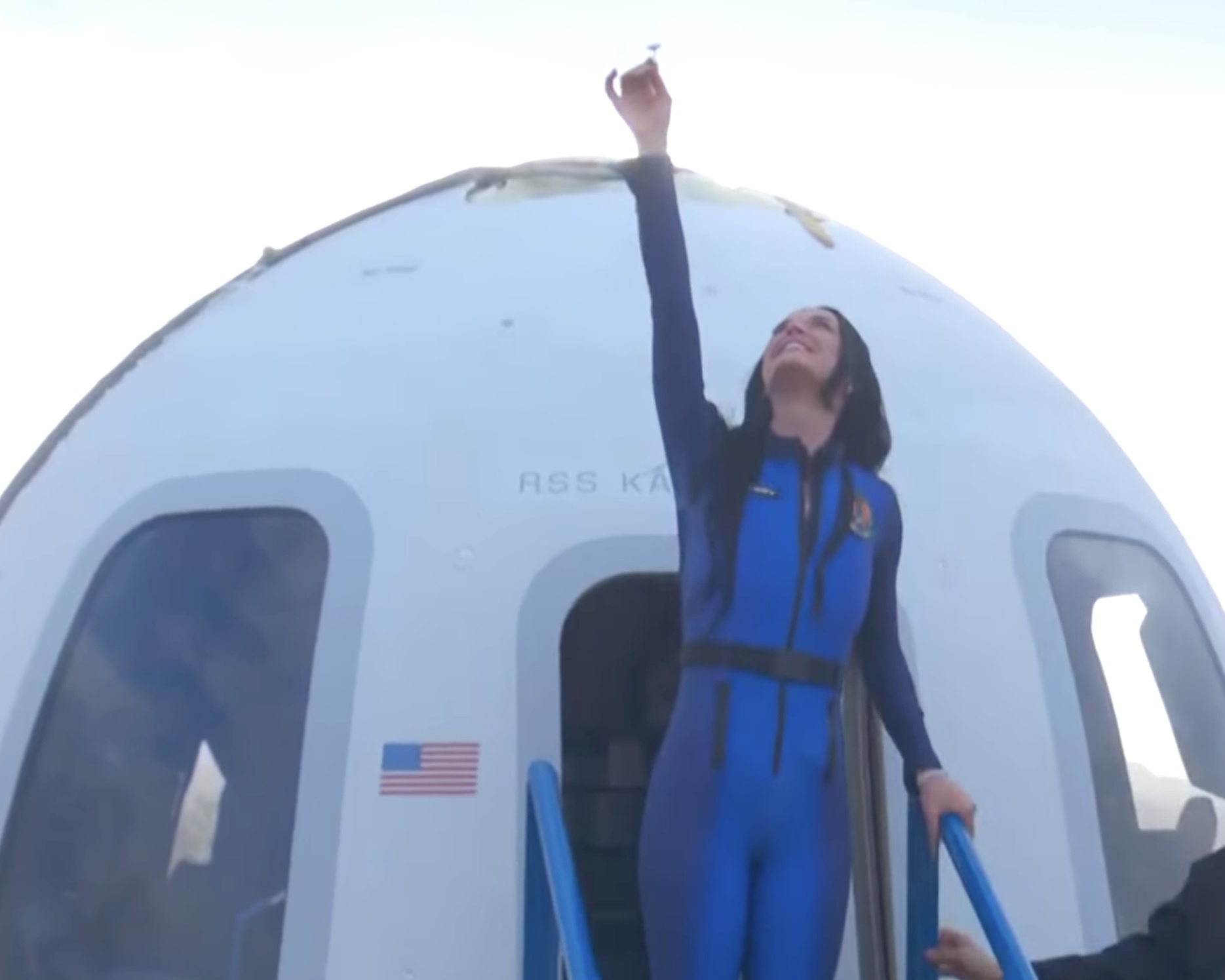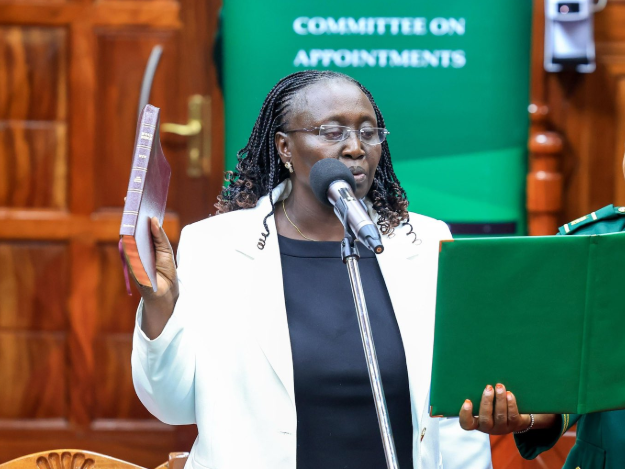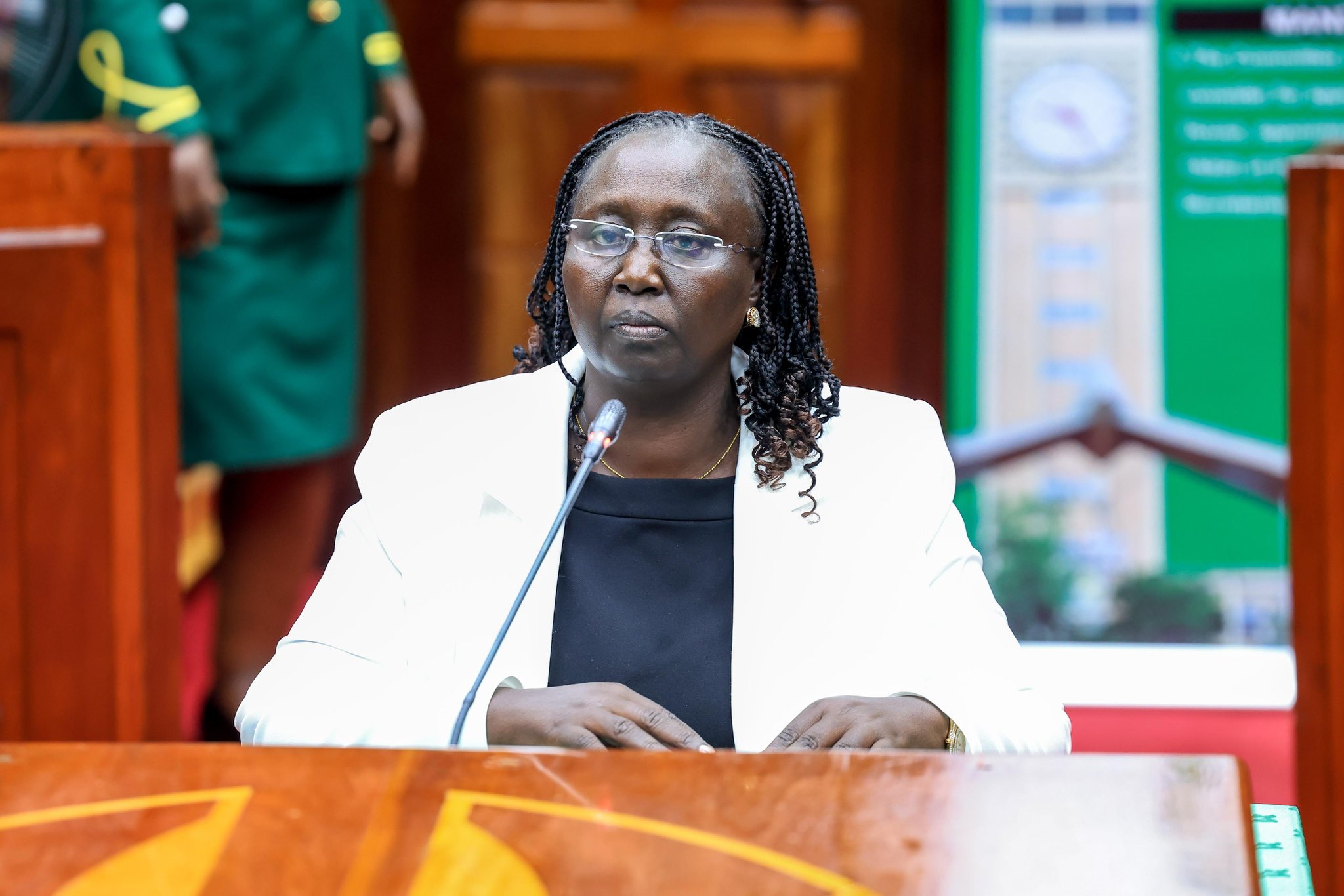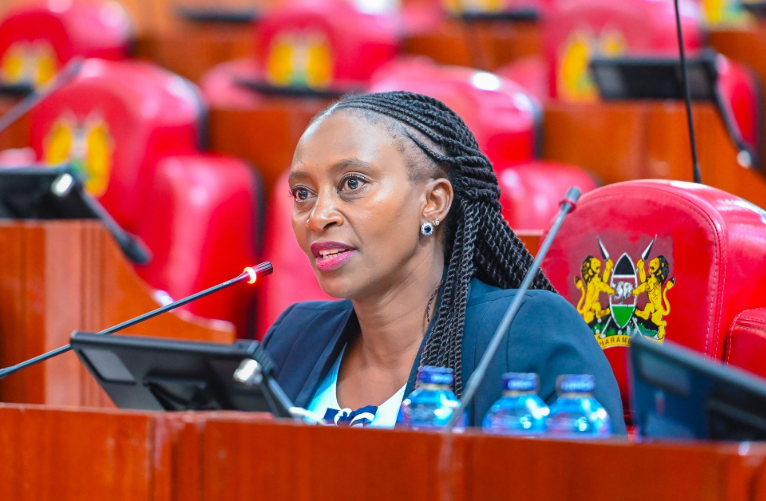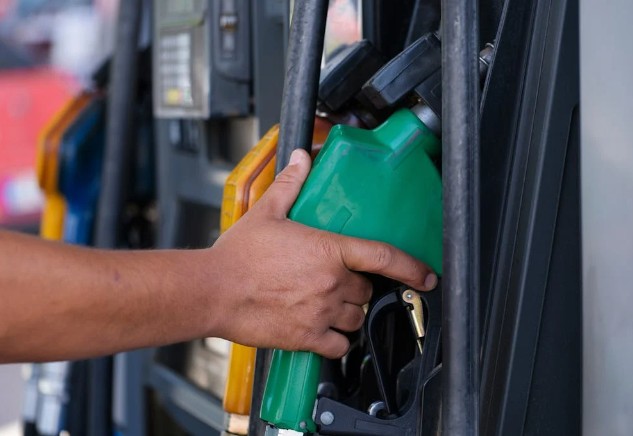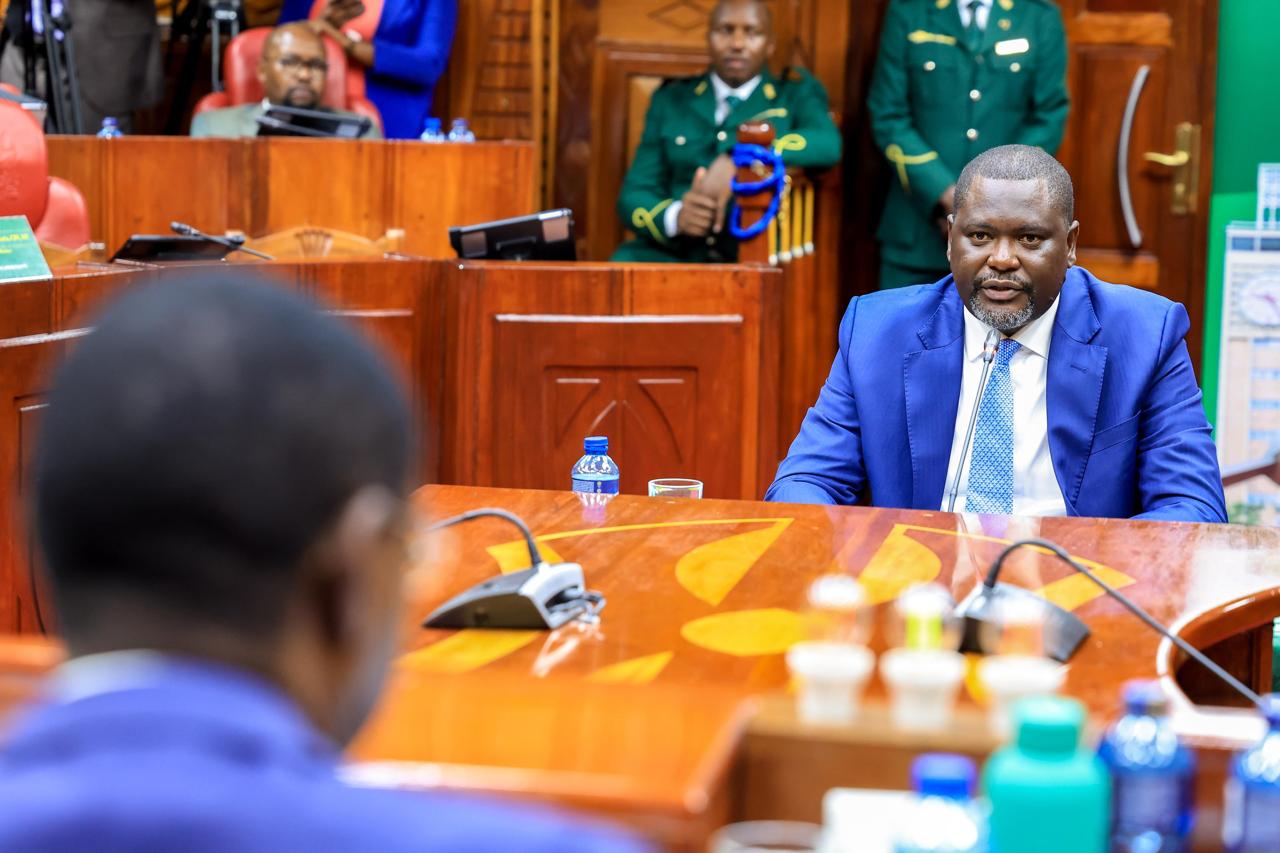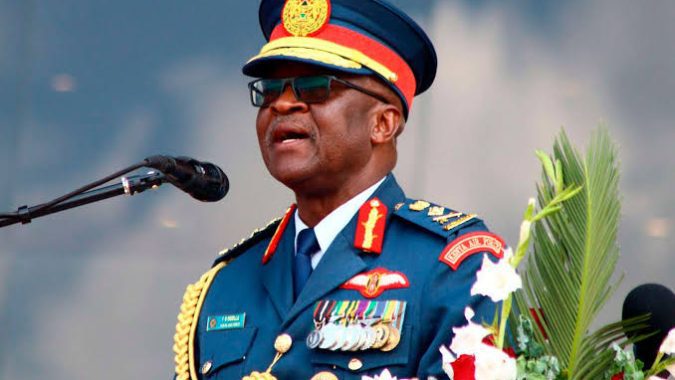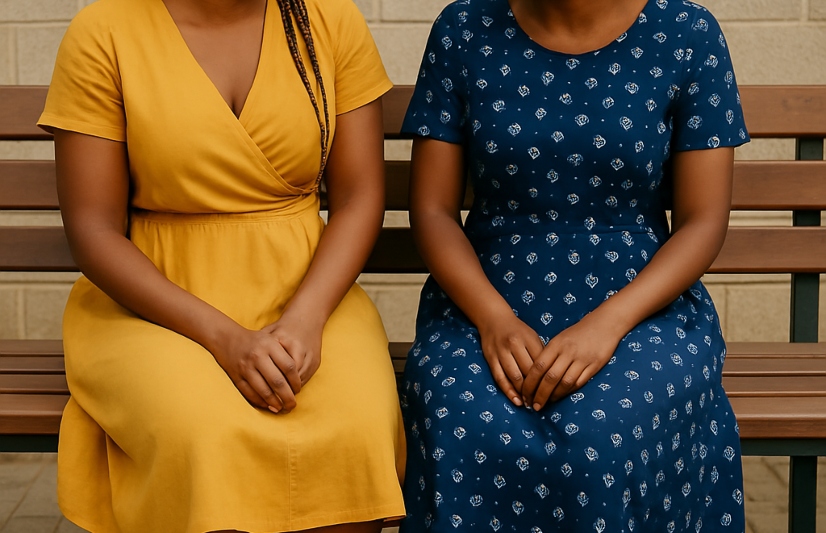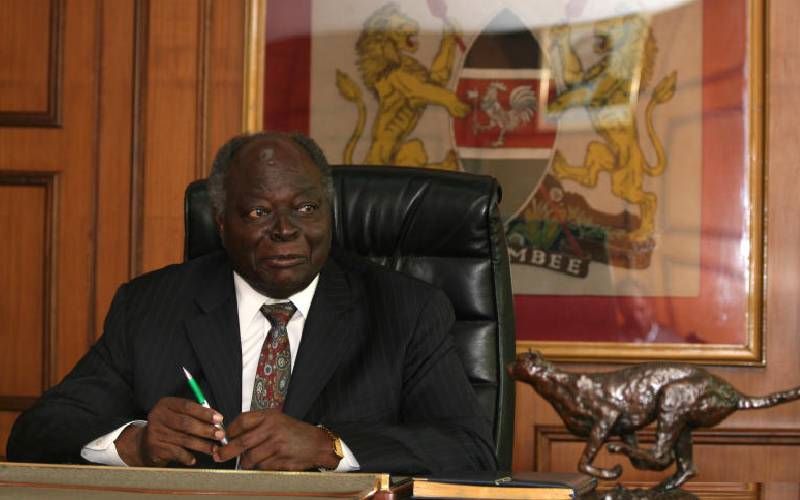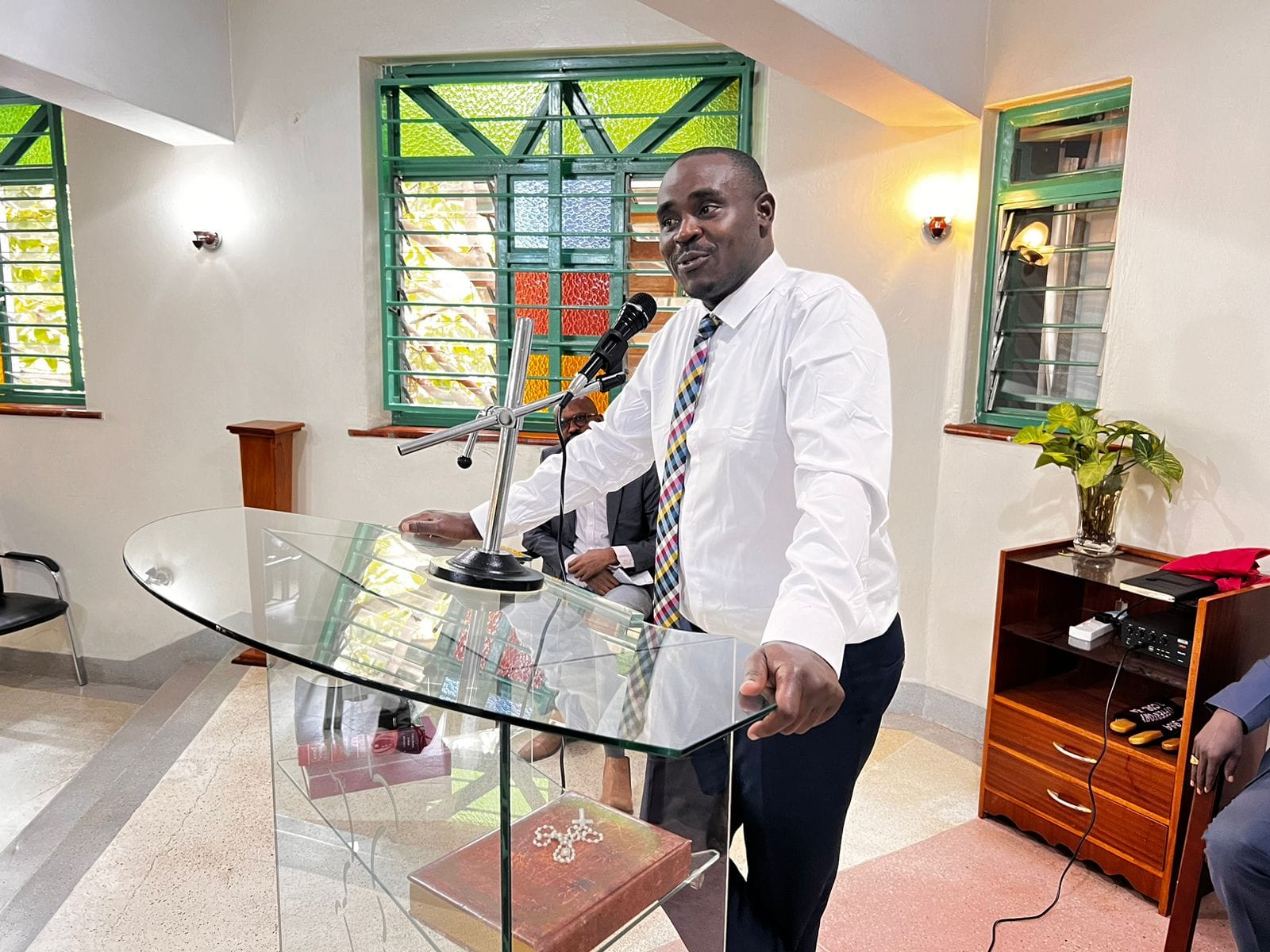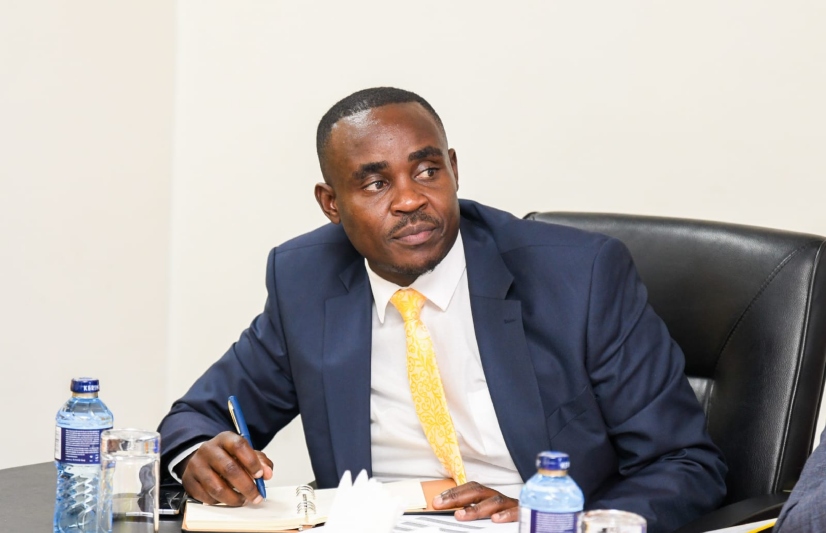4 times Raila joined govt through deals with Presidents Moi, Kibaki, Uhuru and Ruto
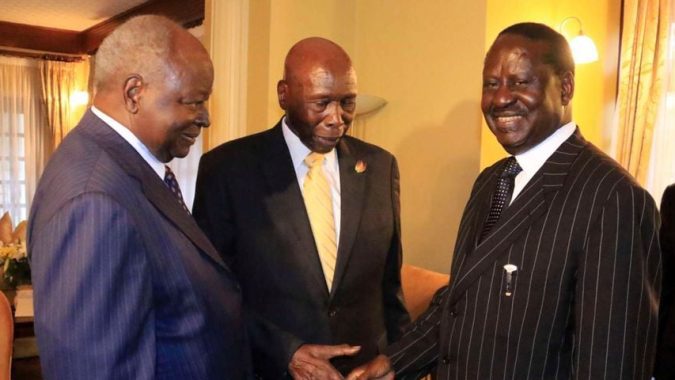
Raila Odinga’s influence in Kenyan politics is so profound that, over the years, presidents have opted to bring him into their administrations rather than face him as a formidable opposition leader keeping the government in check.
For decades, Raila has been one of the country’s most influential and polarizing political figures, often positioning himself as the face of the opposition.
Yet, in four critical moments, Baba has found himself at the heart of government – not through outright election victories, but through strategic political deals with sitting presidents.
These alliances, often marked by handshake agreements or Memorandums of Understanding (MoUs), have redefined the country’s political landscape and Raila’s own trajectory.
1. The 2001 deal with President Moi
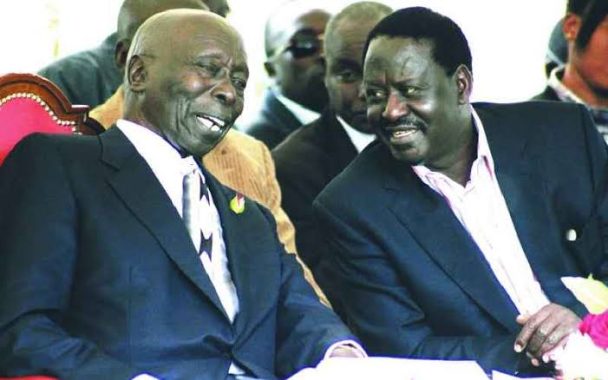
In the late 1990s, after years of opposing President Daniel Arap Moi’s regime, Raila made a surprising move by merging his National Development Party (NDP) with Moi’s Kenya African National Union (KANU) in 2001.
This coalition saw Raila appointed as Minister for Energy, marking his first entry into government.
The alliance, however, was short-lived.
When Moi bypassed Raila in favour of Uhuru Kenyatta as his preferred successor in 2002, Baba led a mass defection that contributed to KANU’s defeat in the general election.
The fallout paved the way for a new political era, with Raila famously declaring “Kibaki Tosha,” a moment that united the opposition behind a single presidential candidate to challenge Uhuru.
Raila actively campaigned for Kibaki who had been incapacitated following a road accident.
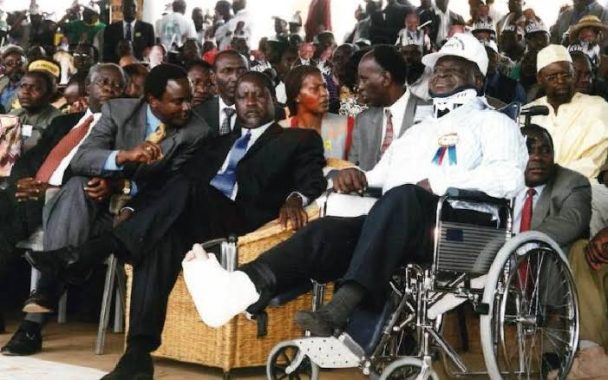
With Raila’s support, Kibaki secured an overwhelming victory in the 2002 general election and this marked the second time Baba got into government as he was subsequently appointed the Minister of Roads, Public Works and Housing.
2. The 2008 power-sharing deal with President Kibaki
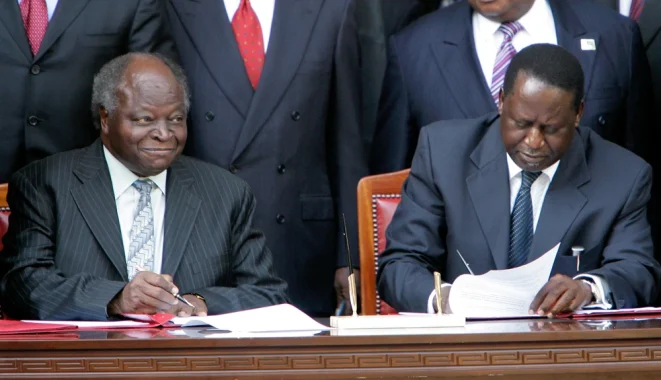
Following the disputed 2007 presidential election, which resulted in widespread violence, Raila and Kibaki were forced into a political compromise brokered by international mediators, including former United Nations Secretary-General Kofi Annan.
The two leaders agreed to form a Grand Coalition Government, with Raila assuming the newly created position of Prime Minister, while Kibaki retained the presidency.
This power-sharing arrangement, though uneasy, brought stability to Kenya.
Raila wielded significant influence, overseeing various ministries and championing constitutional reforms.

However, tensions remained between the two camps, with accusations that Kibaki’s allies were reluctant to fully implement the deal.
By the time the 2013 elections arrived, Raila found himself back in opposition after losing to Uhuru Kenyatta.
3. The 2018 handshake with President Uhuru
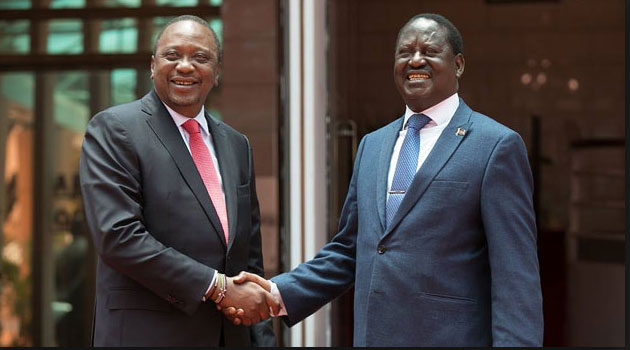
After another contentious election in 2017, where Raila rejected the results and even held a mock swearing-in as the ‘people’s president’, the country was on the brink of political instability.
In March 2018, in a move that stunned the nation, Raila and Uhuru publicly reconciled in what became known as ‘the handshake’.
This truce led to the launch of the Building Bridges Initiative (BBI), a constitutional reform process that aimed to restructure governance.
Though BBI ultimately failed in court, the handshake realigned politics, sidelining then Deputy President William Ruto and positioning Raila as a close ally of Uhuru Kenyatta’s administration.

The alliance persisted through the 2022 elections, where Raila, backed by Uhuru, ran for the presidency but lost to Ruto.
4. The 2025 MoU with President Ruto

In yet another unexpected turn, Raila on Friday, March 7, 2025, signed an MoU with President William Ruto, sparking speculation about a new political realignment.
The agreement, Raila insisted, is not a coalition deal but rather a framework for collaboration on national unity and governance issues.
“We make it clear that the memorandum we have signed today does not define the formation of a political coalition between ODM and UDA. However, its successful implementation could inform the basis of steps towards the establishment of a broadly constitutive and progressive formation for a stable country in future,” Raila said during the signing ceremony at KICC.
Even though Raila said the ODM-UDA MoU is not a coalition pact, history suggests that such deals often pave the way for deeper political engagements.
With the 2027 elections approaching, this latest political manoeuvre could once again redefine Raila’s position on the national stage.
Raila, currently age 80, is thought will be too old to contest for election in 2027. With such in mind, many believe Baba will endorse the president for re-election in the coming polls.
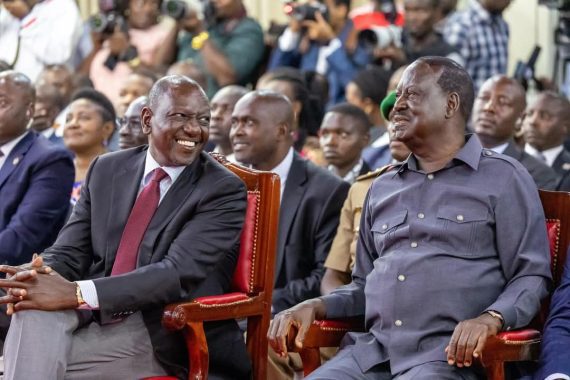
With Raila’s endorsement, Ruto’s re-election bid could face significantly less resistance.
Raila commands a loyal voter base across Nyanza, Western, Nairobi, and the Coast – regions that have consistently supported him in presidential elections from 2007 to 2022.
With the 2027 general election looming, Raila’s position will shape the country’s political landscape.
Whether Raila formally aligns with Ruto or remains an independent force will be a defining question in the evolving political drama.
A legacy of political adaptability
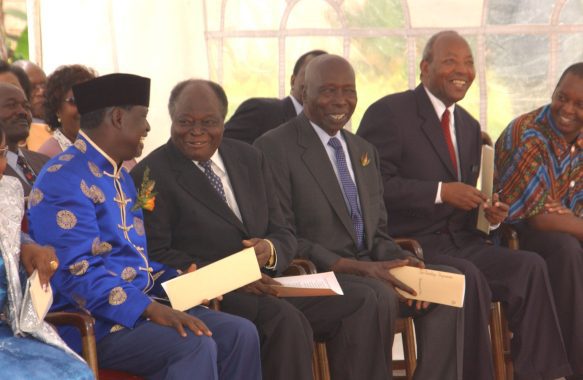
Raila’s ability to transition between opposition and government has cemented his reputation as one of the country’s most astute political operators.
While his critics accuse him of political opportunism, Baba’s supporters argue that these deals reflect his commitment to national stability and progressive reforms.
As Kenya watches the unfolding dynamic between Raila and Ruto, the question remains: Will this latest agreement mark the beginning of another power-sharing arrangement, or is it merely a tactical pause in Raila’s long-running opposition to the establishment?
History suggests that, with Raila, the lines between opposition and government are never permanently drawn.
Author
Martin Oduor
The alchemist of literary works - a master wordsmith with a proven record of transforming the raw materials of language into a rich tapestry of emotion, thought, and imagination.
View all posts by Martin Oduor
